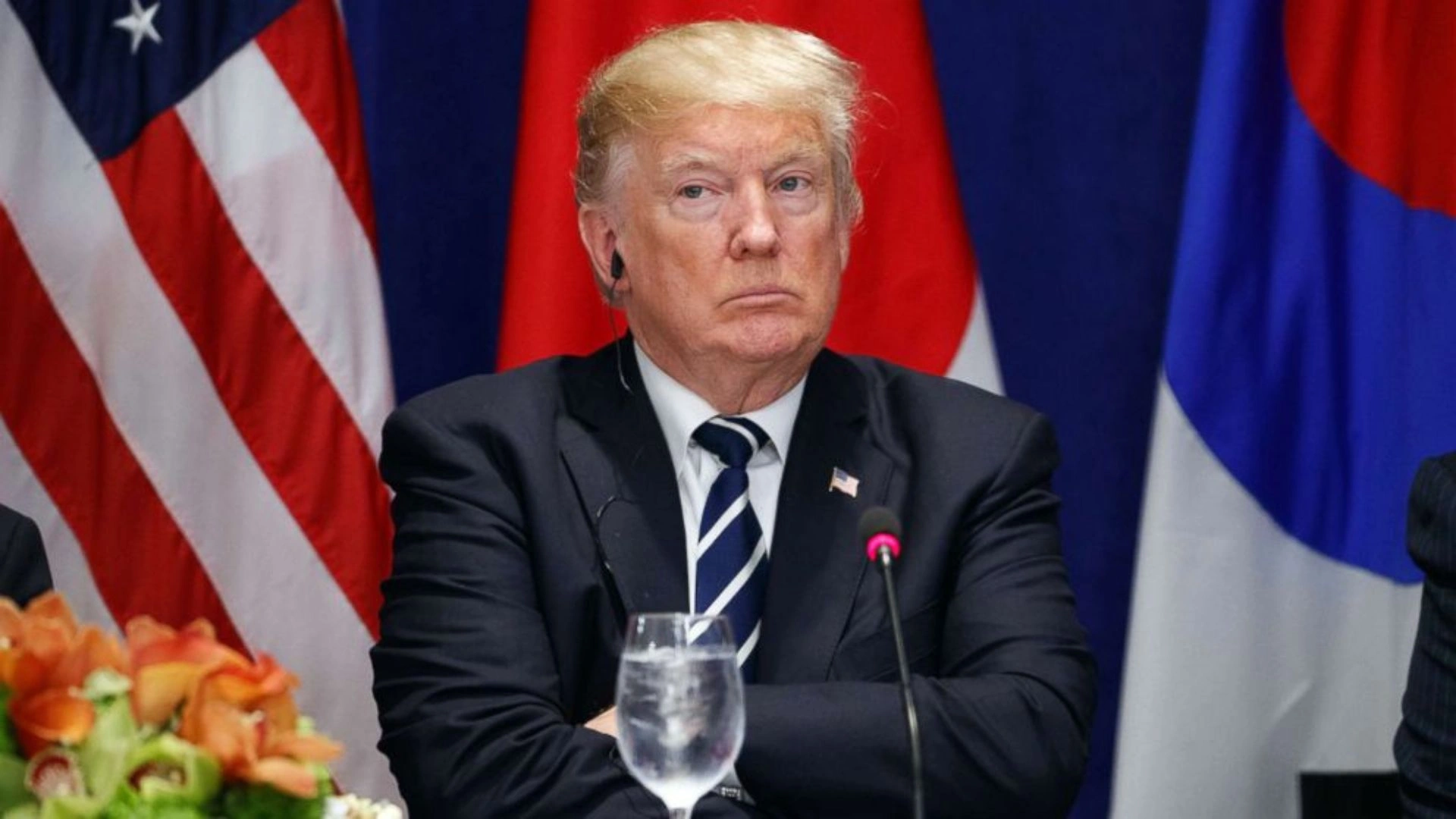In a rare display of Western art, much of it unseen for decades, the Tehran Museum of Contemporary Art on Wednesday unveiled a collection aimed at exploring a bygone era of cultural exchange in Iran. The ‘Eye to Eye’ exhibition has piqued much interest, especially that of women – against the mandatory hijab law-who have been visiting the underground galleries with their hair uncovered. It is a subtle yet powerful symbol of changing dynamics within the country: A public display of defiance.
Hidden Artworks Unveiled
This collection of the world’s finest collection of Western art is housed within the Tehran Museum of Contemporary Art. The collection was done during the reign of Iran’s Shah Mohammad Reza Pahlavi and his wife, Empress Farah Pahlavi, in late 1970s. The collection was owned by some famous artists and included such masterpieces by Pablo Picasso, Claude Monet, Jackson Pollock, and Andy Warhol. After the 1979 Islamic Revolution, the collection was hidden away as the new regime found many of the pieces too Western or culturally inappropriate.
Aida Zarrin, a young woman visiting the exhibition said, “The first feeling that came to me and I told my parents was that I simply can’t believe I’m seeing these works, which have always been kept far from our eyes. If such events are held here and we can see the artworks like everybody else, that is enough for them. They are really precious.”
Cultural Landscape in the Making
The show is a poignant reminder of Iran’s complex cultural and political evolution. Though still entangled with the West in nuclear enrichment efforts and involvement in the Middle Eastern wars, the Iranian government openly takes its first timid steps toward revealing the once-concealed art collection. A new approach in cultural expression and international relations stands out as Iran faces crushing Western sanctions.
While the collection is worth billions, the Iranian authorities are keen on preserving it despite financial difficulties. There had been some trade-offs in the past for Persian artifacts, but most of the Western works remain safe inside the vaults of the Tehran Museum.
Art as a Defiant Act
Considering all of this, the public exhibition of Western art within a country where Barbie dolls and images of cartoon characters from the West have been declared un-Islamic is symbolic, yet controversial, as it represents a breakaway from Iran’s strict stance on cultural purity, as well as the so-called “soft” cultural war against foreign influences.
This show distinguishes itself because a lot of people with less exposure to art have discovered the museum for the first time,” said Jamal Arabzadeh, curator for the exhibition. “We are seeing a part of the community that are discovering art and the museum and see the potential of this place, and this is something to be proud of.”
New Perspectives Amid Restrictions
Even art lovers in Iran face cultural barriers to view art, the exhibition presents a rare opportunity of a lifetime for Iranians to see masterpieces that otherwise would remain unaccessible due to financial constraint and travel restrictions. The tickets to the show are available for as little as 14 US cents, and thus, it offers a medium escape for art lovers.
Other visitors, just identified by Dolatshahi, were equally enthusiastic. “This is very attractive for art enthusiasts because not everyone can go and see museums abroad. It’s extremely exciting to see the works here. I had no idea I could see works by van Gogh and Picasso here.”
The Complex Role of Women
Perhaps most prominently, the museum saw an increase in women attending without their obligatory headscarf, a trend partly reflective of a larger society-wide shift. When crackdowns on hijab violations have slowed after recent elections, for example, it is still significant to see how women ignore this law at the event of a government-approved ceremony. This soft coup of intent says much regarding what’s going on in Iran toward personal freedom and a new type of cultural participation.
ALSO READ: Asian American Women Surpass White Men In U.S. Earnings, Elon Musk Weighs In

















